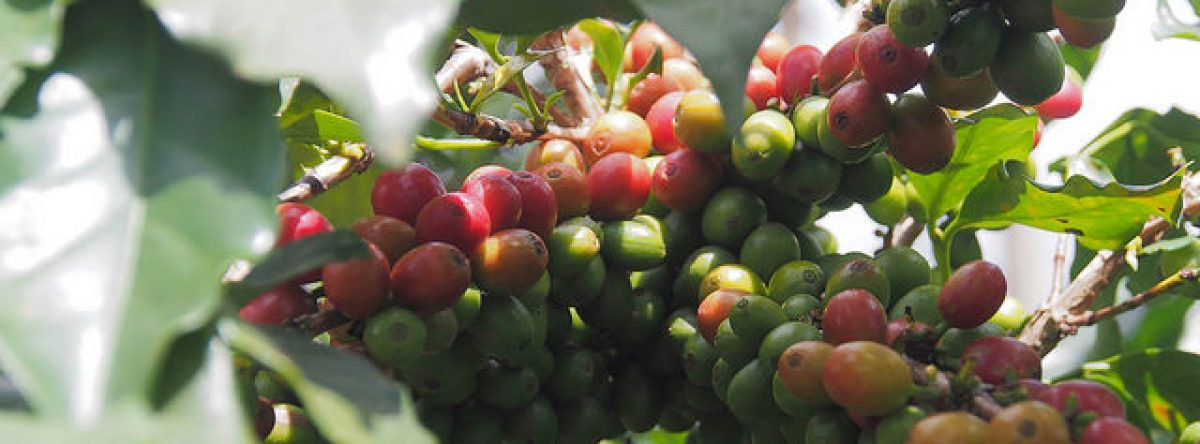The participants of the questionnaire gave each threat a ranking according to their priority on a scale of 0-5. After gathering the results of the questionnaires, the 5 barriers were placed in the order of based on the rankings provided by the questionnaire participants;
- Weather/post-harvest
- Irrigation
- Coffee quality
- Fertilisers
- Pests & diseases
By gaining the order of priority of each threat, it is possible to gain an understanding on which threats should be addressed first and what kind of projects will be undertaken in the area.
